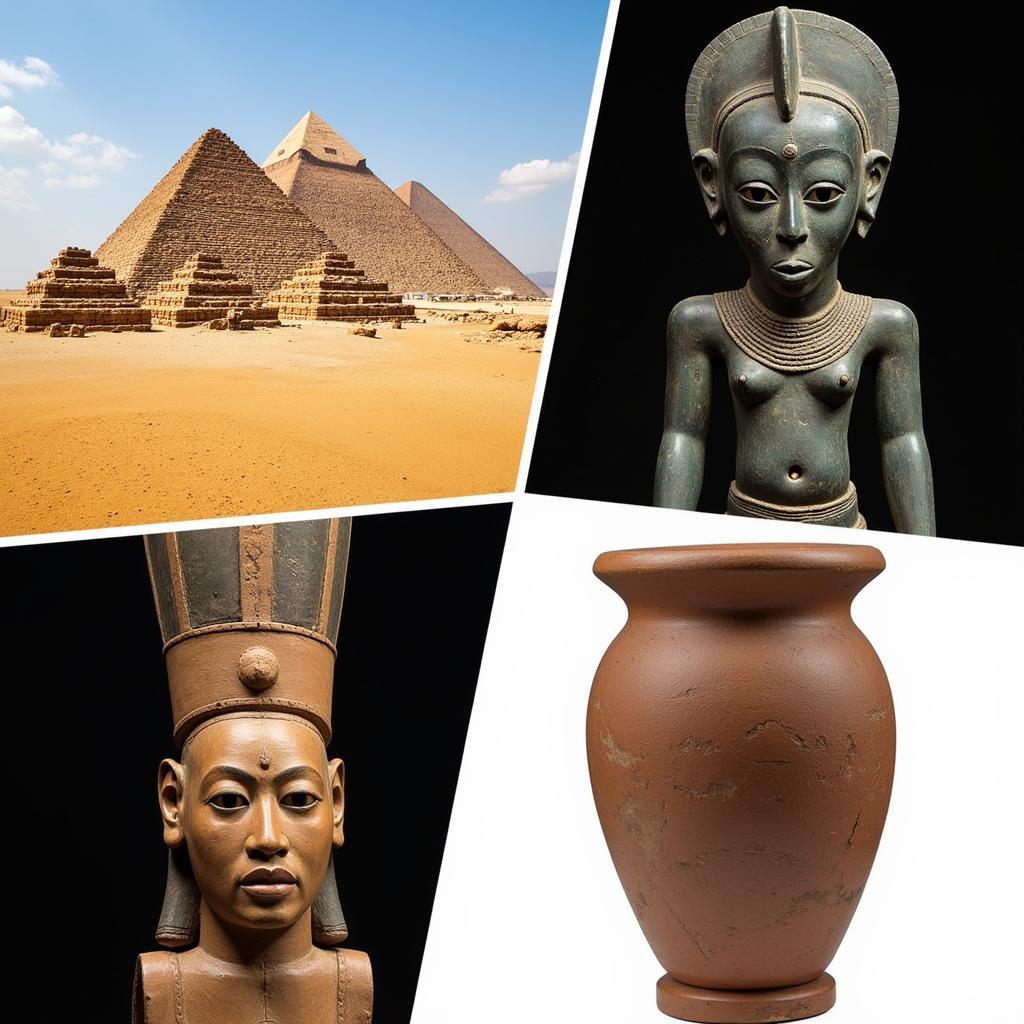Unveiling the Rich Tapestry of African Body Painting Traditions
African Body Painting Traditions are more than just skin deep. They represent a complex interplay of art, ritual, and social communication, carrying messages that span generations. From vibrant ceremonial adornments to subtle everyday markings, these traditions offer a fascinating glimpse into the diverse cultures of the African continent.
The Significance of African Body Painting: More Than Meets the Eye
African body painting is far from mere decoration. It’s a powerful language, a visual narrative that speaks volumes about identity, status, and belief. The practice, deeply embedded in the cultural fabric of many African communities, serves various purposes, ranging from spiritual protection and healing to expressions of beauty and social affiliation. In some cultures, specific patterns signify age, marital status, or clan membership. Others use body painting to communicate with spirits, mark important life events, or even to enhance fertility. These artistic expressions, often passed down through generations, provide a tangible link to ancestral heritage and cultural continuity. They also showcase the incredible artistic talent and deep understanding of natural pigments found within these communities. Want to learn about African art? Check out some inspiring african art quotes.
Materials and Techniques: Nature’s Palette
Traditional African body painting utilizes a rich array of natural pigments derived from the earth. Clay, charcoal, ochre, and plant extracts are meticulously prepared and blended to create a spectrum of vibrant hues. african body painting traditions neon. The application techniques are equally diverse, ranging from finger painting and stamping to intricate brushwork and even scarification. Each method contributes to the unique aesthetic and symbolic value of the final artwork.
What are the common natural pigments used?
Common natural pigments include ochre for reds and yellows, charcoal for black, and clay for white and various earth tones. Plant extracts also contribute to the diverse color palette.
How are the pigments applied?
Techniques vary from simple finger painting to intricate brushwork, stamping, and even scarification, each adding a unique dimension to the body art.
Regional Variations: A Continent of Artistic Expression
Across the vast expanse of Africa, body painting traditions take on unique forms, reflecting the diverse cultural landscapes. From the intricate henna designs of North Africa to the elaborate ceremonial paintings of Southern Africa, each region boasts its own distinctive style and symbolism. Certain tribes in East Africa, for instance, utilize bold geometric patterns to denote social status, while others employ delicate floral motifs for personal adornment. Some might find parallels between traditional body painting and contemporary art forms. You might also enjoy exploring african art with bag.
African Body Painting in the Modern World: Tradition Meets Innovation
While rooted in ancient customs, African body painting continues to evolve in the modern era. Contemporary artists are drawing inspiration from these traditions, incorporating them into fashion, photography, and performance art. This resurgence not only celebrates cultural heritage but also provides a platform for artistic innovation and cross-cultural dialogue.
How is body painting evolving today?
Contemporary artists are blending traditional techniques with modern mediums, showcasing African body art in fashion, photography, and performance art, creating a dynamic fusion of old and new.
Preserving a Legacy: The Importance of Cultural Continuity
The preservation of African body painting traditions is crucial for maintaining cultural identity and heritage. Efforts are underway to document and safeguard these practices, ensuring that future generations can appreciate the rich artistic and symbolic value they hold. african big a. This involves supporting local artisans, promoting cultural education, and fostering a global appreciation for the diversity and beauty of African art. You might be interested in exploring more about xxx hot african.
Conclusion: A Vibrant Language of Art and Culture
African body painting traditions offer a powerful lens through which to understand the rich tapestry of African cultures. These intricate artistic expressions, far from being mere decoration, are a testament to the ingenuity, creativity, and deep cultural heritage of the African continent. By appreciating and supporting these traditions, we contribute to their continued vibrancy and ensure that their stories continue to be told for generations to come.
FAQ
-
What is the primary purpose of African body painting? African body painting serves multiple purposes, including spiritual protection, healing, beauty enhancement, and social communication.
-
What materials are used in traditional African body painting? Natural pigments like clay, charcoal, ochre, and plant extracts are commonly used.
-
Are there regional variations in African body painting styles? Yes, each region in Africa boasts unique body painting styles and symbolic meanings.
-
How is African body painting being preserved in the modern world? Efforts include documentation, supporting local artisans, and promoting cultural education.
-
Where can I learn more about specific African body painting traditions? Museums, cultural centers, and online resources offer valuable information on this topic.
-
How does body painting relate to other art forms in Africa? Body painting often complements other art forms like sculpture, mask-making, and textile design, sharing similar aesthetics and symbolism.
-
What is the significance of body painting in contemporary African art? Contemporary artists draw inspiration from tradition, integrating body painting into modern art forms like fashion photography and performance art.
Need assistance? Contact us 24/7 at +255768904061, kaka.mag@gmail.com or visit us at Mbarali DC Mawindi, Kangaga, Tanzania.
